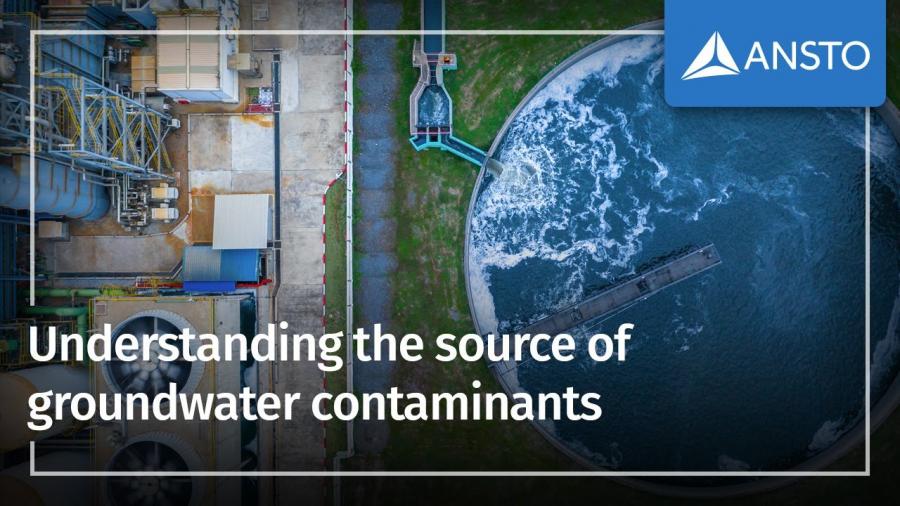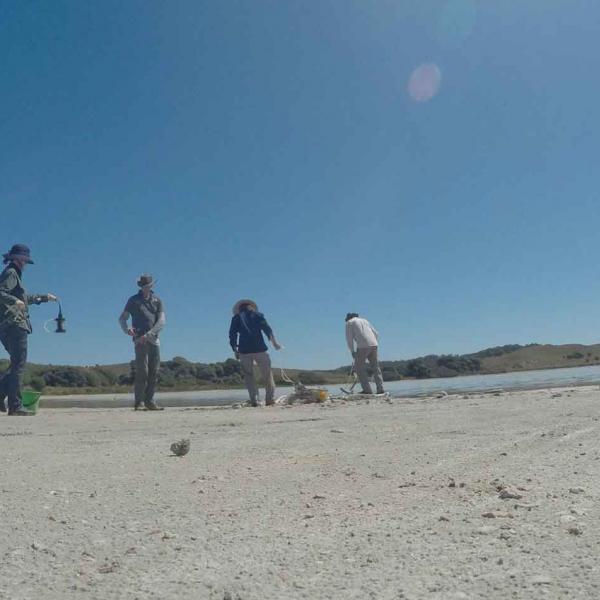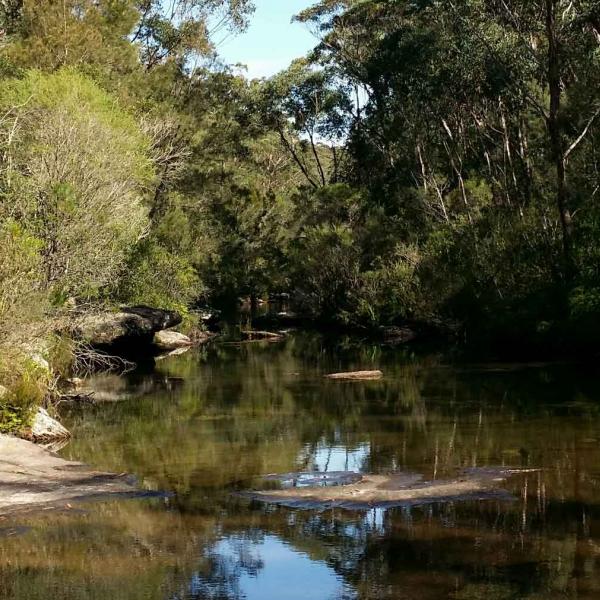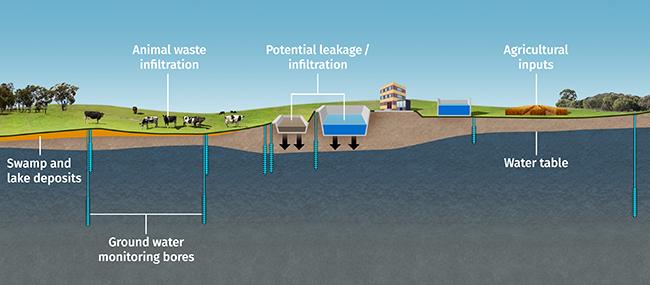
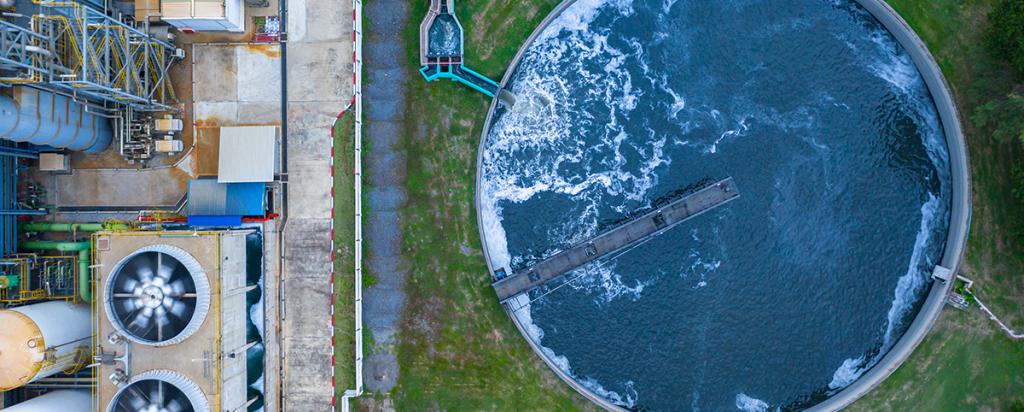
Published on the 3rd September 2020 by ANSTO Staff
Key Points
-
A new approach to distingish between multiple sources of contaminants in groundwater could have significant implications for better monitoring, management and remedial action globally
-
A large international collaboration used a combination of isotopic and conventional techniques, including contaminants of merging concern, to fingerprint the source of pollutants at a Victorian site
-
Environmental research scientist Dr Dioni Cendon, an expert in groundwater and co-author, supervised measurements of the stable and radioactive isotopes at ANSTO for the study and assisted with the interpretation of all the data
A large international collaboration which included ANSTO has found that a combination of isotopic and conventional techniques can distinguish between multiple sources of contaminants impacting groundwater in complex environments.
The outcome has provided a better means to characterise the nature and timing of how wastewater affects the underlying groundwater, which could have significant implications for better monitoring, management and remedial action globally.
It is particularly important in Australia, where finite groundwater resources are the primary source of water in many arid areas.
In a paper published in Water Research, the investigators led by A/Prof Matthew Currell at RMIT demonstrated that the use of routine monitoring, stable and radioactive isotopes and contaminants of emerging concern (CECs), provided accurate information in identifying the source of pollutants at a waste water treatment facility located in proximity to agricultural land in Victoria.
Environmental research scientist Dr Dioni Cendon, an expert in groundwater and co-author, supervised measurements of the stable and radioactive isotopes at ANSTO for the study and assisted with the interpretation of all the data.
“There is a need for robust and sensitive techniques that can clearly distinguish between contamination that might come from wastewater effluent and other sources,“ said Cendon.

“Where there is possible contemporary and legacy contamination from multiple points and complex hydrogeological conditions, the use of a single groundwater tracer may not be sufficient.”
As well as validating the approach to delineate sources of contamination, the data suggested that current and former treatment facilities had an impact on groundwater adjacent to and down from the waste water treatment facility that is on a site 100 kilometres south of Melbourne.
The waste water treatment facility is surrounded by agricultural land used for horticulture and livestock, where there is an extensive use of fertilisers and irrigation systems. The irrigation systems use both groundwater and recycled water from the treatment facility.
The study found that groundwater quality was being effected by the wastewater and agricultural sources.
Nutrient measurements of the groundwater suggested elevated concentrations of nitrates and ammonia but were unable to distinguish between the sources.
The radioactive isotopes data indicated that recent leakage acted as a groundwater ‘recharge’ window, seeping treated or partially treated effluent to the underlying groundwater.
This finding was corroborated by measurements using the stable isotopes.
“The management and treatment of wastewater and solid wastes in facilities around the world poses major environmental challenges, which include contaminant impacts on precious groundwater sources, that are becoming more important with climate challenges,” said Cendon.
Recently, previous research by A/Prof Currell and PhD candidate William McCance at RMIT identified the possibility of using ‘contaminants of emerging concern’ (CECs) as a tool to identify wastewater contamination from other sources.
After considering a range of CECs from pharmaceuticals, personal care products, food ingredients and herbicides, the team chose three based on their selection criteria: carbamazepin (an anti-convulsant medication for epilepsy), simazine (a herbicide) and sulfamethoxazole (an antibiotic).
The ratio of two contaminants, carbamazepine to simazine, suggested the composition of the effluent had changed over time, which may have resulted from infrastructure upgrades at the treatment plant.
“Centralised waste water treatment facilities help provide sanitary living conditions for more than 5 billion people, but this comes along with environmental challenges. Simple monitoring is not sufficient to understand potential impacts. The use of combined techniques, as validated in this research, could help us preserve important groundwater resources and local environments,” said Cendon.
